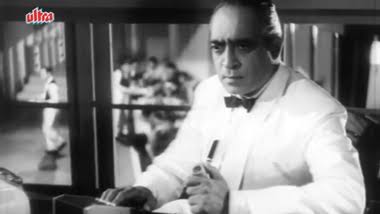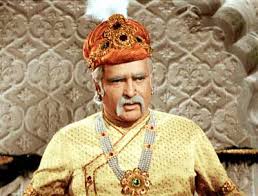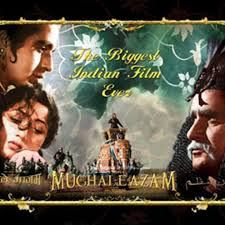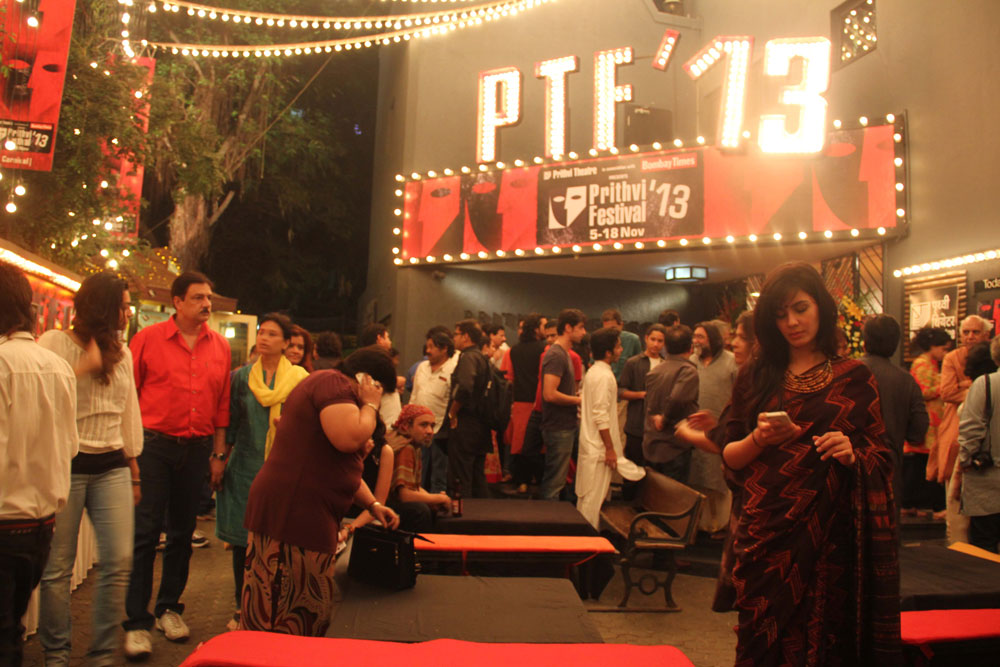Yesterday the 31st January was a Sunday, my holiday. More importantly, it was Punyatithi (Death anniversary) of two very important actors of Indian cinema. They are- Suraiya and K. N. Singh. With apologies for the delay of one day, I pay homage to these two important actors.


Suraiya was born on 15th June 1929 in Gujranwala, Punjab (now in Pakistan). It was her mother who wanted that she should become an actress. In 1937 she got to perform in All India Radio. She was not formally trained in music. So she just got an opportunity to sing.
However it was in 1945 that Suraiya got the first leading lady role the film called ‘Tadbeer’. Thereafter there was no looking back. When Naushad, the famous music director got an opportunity to meet Suraiya and listen to her song, he decided that he will definitely give her opportunity to sing in his films.
Anmol Ghadi was one of the most popular films of Suraiya. She sang her songs and the music was given by the Naushad. Though Naushad gave her many opportunities, it was music director Husanlal Bhagatram for whom Suraiya sang maximum songs.
Mirza Ghalib was an another very important film. One of the very beautiful ladies of her time, Suraiya was also known for living the character she played. I take this opportunity to post some of her very popular photographs in yesteryear’s.


Suraiya died on 31st January 2004 in Krishna Mahal, the flat at Marine Drive in which she had spent most of her life. Suraiya was honored by the Indian post office on May 3, 2013.

K. N. Singh was known as a gentlemen villain. Actually, he was an advocate. His father was also an advocate. K. N. Singh was supposed to take up the profession of his father. But when we leant that as an advocate he has to prove that whatever he says is the truth even if it is not, he found it against his principle. His conscience did not allow him to do so.

K. N. Singh was also an athlete. He could have represented the country in Olympic Games when he was in 20s. But due to circumstances he could not go there. It seems he was destining to become an actor.

He met Prithviraj Kapoor in Calcutta, who in turn introduced him to son Raj Kapoor. So we find k n. singh featuring in many films of Raj Kapoor. First film was Barsaat followed by Awara. His two important films were released in 1958. These are Howrah Bridge and Chalti Ka Naam Gadi.
 (Picture from Howrah Bridge)
(Picture from Howrah Bridge)
As a villain he only played the role of boss of an illegal outfit.
Unfortunately in his last years he turned totally blind. He died on 31st January 2000 at the age of 91.
Tag: death anniversary
Family of Four Generations in Indian Cinema

It started with Prithviraj Kapoor who was born in 1906. 29th May happens to be his death anniversary. He died in 1972. He was an Advocate in Lyallpur. Inclined towards acting he tried to work on stage in Peshawar and Lyallpur. He came to Mumbai in the year 1928. He had to take loan from one of his aunts for coming to Mumbai. In Mumbai he started acting as an extra in his first film role.

He remained fond of stage. He founded Prithvi theatres. It’s traveling troupe staged memorable plays across India. To begin with he was producing plays to inspire youngsters to participate in the Indian independence movement. In over 16 years the theatre the troupe staged more than 2500 performances.
His first important film happens to be the first talkie- Alamara, it was produced in 1931. In 1941 he played the lead role of the Alexander the great in Sorab Modi’s Sikander. His eldest son Raj Kapoor is considered as the greatest Show Man in Indian Cinema. Further Raj Kapoor’s son Rishi Kapoor and Rishi’s Son Ranbir are all actors of great significance. Thus, what was started by Prithviraj Kapoor love for acting and cinema is continued for 4 generations. Kapoors have a unique place in the Indian Cinema.

His role in Mughal-e-Azam was memorable indeed. He received Padam Bhushan in 1969 and Dada Saheb Phalke Award in 1971.

Thanks for reading.
“Sher-E-Punjab”

Today is the death anniversary of a Lion of Punjab- Lala Lajpat Rai. He was born on 28th January 1865. He was an author but more importantly a politician who fought for – freedom. He was a part of three important freedom fighters known as ‘Lal Bal Pal’. Lal – Lala Lajpat Rai was from Punjab. Bal- Bal Gangadhar Tilak was from Maharashtra. Pal- Pipin Chandrapal was from Bengal. These three great freedom fighters coming from three corners of our country formed a formidable force.

His death anniversary (17th November) is one of several days celebrated in India has Martyr’s Day. He was elected President of the Congress Party in the Calcutta special session of 1920. He also founded ‘Servants of the People Society’ – a non profit welfare organization with branches in many parts of the country. During the special session of the Congress party under his Presidentship the Non-Corporation movement was launched. Lal who is also known as Punjab Kesari was President from 1921 to 1923.

In the year 1928 during the great unrest in the country, the British Government set up a commission. This was headed by Sir John Simon. The Commission did not have any Indian as its member. Lala Lajpat Rai boycotted the commission. When the Commission visited Lahore on 30th October 1928, Punjab Kesari (Another name for Sher-e- Punjab) led a silent march as a protest. The Police were ordered a fierce lathi charge against the protesters. The then superintendent of Police, Jams A. Scot personally assaulted Lala. He was seriously injured. Yet he said “I declare that blows stuck at me today will be the last nails in the coffin of British rule in India”.
Let us all remember and pay respect to Sher- e- Punjab, Lala Lajpat Rai on this day.
Thanks for reading.
